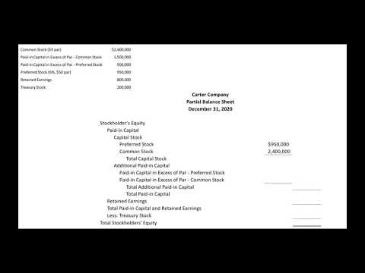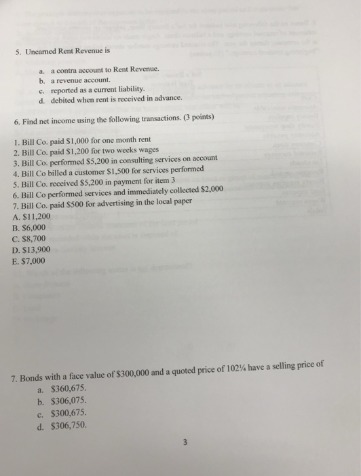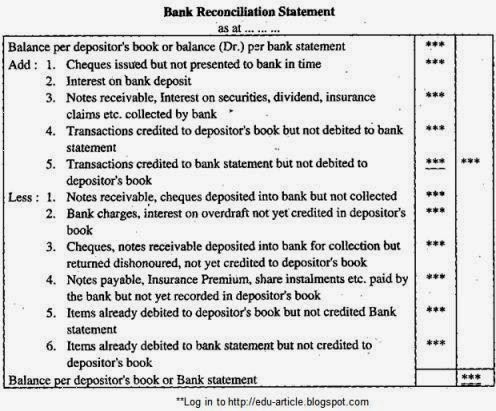High-yield savings accounts are just one option for growing and protecting your money. Other interest-bearing savings and checking products are better suited for different uses. Accounts that compound interest daily or monthly will help your savings grow faster, while accounts that calculate interest less frequently will grow slower. Knowing this is important because compound interest exponentially increases the rate at which your money grows.
When Is Savings Account Interest Calculated?
Ifadditional deposits or withdrawals are included in your calculation, our calculator gives you the option to include them at either the startor end of each period. The Interest Rate Calculator determines real interest rates on loans https://www.adprun.net/ with fixed terms and monthly payments. For example, it can calculate interest rates in situations where car dealers only provide monthly payment information and total price without including the actual rate on the car loan.
Compounding with additional contributions

As the main focus of the calculator is the compounding mechanism, we designed a chart where you can follow the progress of the annual interest balances visually. If you choose a higher than yearly compounding frequency, the diagram will display the resulting extra or additional part of interest gained over yearly compounding by the higher frequency. Thus, in this way, you can easily observe the real power of compounding. Compound interest occurs when interest is added to the original deposit – or principal – which results in interest earning interest.

What is the compound interest formula?
Compound interest is an important concept to understand that is widely used in investing, finance, and banking. Compound interest is defined as the interest earned on a loan or investment that comes from both the initial principal and the accumulated interest. Have you noticed that in the above solution, we didn’t even need to know the initial and final balances of the investment? It is thanks to the simplification we made in the third step (Divide both sides by PPP).
Compounding investment returns
The control of inflation is the major subject of monetary policies. Inflation is defined as the general increase in the price of goods and services and the fall in the purchasing power of money. It is closely related to interest rates on a macroeconomic level, and large-scale changes in either will have an effect on the other. In the U.S., the Federal Reserve can change the rate at most up to eight times a year during the Federal Open Market Committee meetings.
This compound interest calculator is a tool to help you estimate how much money you will earn on your deposit. In order to make smart financial decisions, you need to be able to foresee the final result. The most common real-life application of the compound interest formula is a regular savings calculation. Making regular, additional deposits to your account has the potential to grow your balance much faster thanks to the power of compounding. Ourdaily compounding calculator allows you to include either daily or monthly deposits to your calculation.
- Savings rates are fairly high right now, but even in a low interest rate environment, it pays to continue saving.
- It is calculated by breaking out each period’s growth individually to remove the effects of any additional deposits and withdrawals.
- If you include regular deposits or withdrawals in your calculation, we switch to provide you with a Time-Weighted Return (TWR) figure.
- Subtract the initial balancefrom the result if you want to see only the interest earned.
- Let’s cover some frequently asked questions about our compound interest calculator.
Most bank savings accounts use a daily average balance to compound interest daily and then add the amount to the account’s balance monthly. Calculating compound interest is more complicated, and you need to factor in how often interest is compounded, or calculated. Using the same values as above with monthly compounding and no additional deposits, you’d is accumulated depreciation a current asset earn $221 in interest over five years. Use this savings interest calculator or our compound interest calculator to calculate interest on a savings account. If an amount of $5,000 is deposited into a savings account at an annual interest rate of 3%, compounded monthly, with additional deposits of $100 per month(made at the end of each month).
However, when using our compound interest rate calculator, you will need to provide this information in the appropriate fields. Don’t worry if you just want to find the time in which the given interest rate would double your investment; just type in any numbers (for example, 111 and 222). As you can see this time, the formula is not very simple and requires a lot of calculations. That’s why it’s worth testing our compound interest calculator, which solves the same equations in an instant, saving you time and effort. In this example you earned $1,000 out of the initial investment of $2,000 within the six years, meaning that your annual rate was equal to 6.9913%.

To demonstrate the effect of compounding, let’s take a look at an example chart of an initial $1,000 investment. We’ll use a 20 yearinvestment term at a 10% annual interest rate, to keep things simple. As you compare the compound interest line tothose for standard interest and no interest at all, you can see how compounding boosts the investment value. The following table demonstrates the difference that the number of compounding periods can make for a $10,000 loan with an annual 10% interest rate over a 10-year period.
As a result, interest rates and unemployment rates are normally inversely related; that is, when unemployment is high, interest rates are artificially lowered, usually in order to spur consumer spending. Conversely, when unemployment within an economy is low and there is a lot of consumer activity, interest rates will go up. Instead, this type of bond is purchased at a discount to its original value and grows https://www.accountingcoaching.online/study-tips-how-to-successfully-extend-a-trial/ over time. Zero-coupon-bond issuers use the power of compounding to increase the value of the bond so it reaches its full price at maturity. The final value after 5 years is $11,041 whereas with simple interest it would have been just $11,000. This might not seem like much, but if the rate of return is higher or the period over which compounding occurs is longer, the compounding effect can be dramatic.
If this calculation is for a lump sum deposit with no recurring transactions enter “Never” in the “add money” drop down. After 10 years, you will have earned $6,486.65 in interest for a total balance of $16,486.65. She previously worked as an editor, a writer and a research analyst in industries ranging from health care to market research.
The Weekly Compound Interest Calculator is a powerful tool designed to help individuals and investors estimate the growth of their savings or investments with compounded interest on a weekly basis. This calculator provides a clear picture of how your money can grow over time, factoring in the power of compounding. Interest on a savings account is calculated daily, monthly, quarterly or annually, depending on the account. It’s common for savings accounts to calculate interest daily but compound it and credit it to your account on a monthly basis. The Weekly Compound Interest Calculator is a valuable tool for anyone looking to explore the potential growth of their investments or understand the long-term costs of loans. By factoring in weekly compounding, users gain a more accurate representation of the impact of interest on their financial goals.

